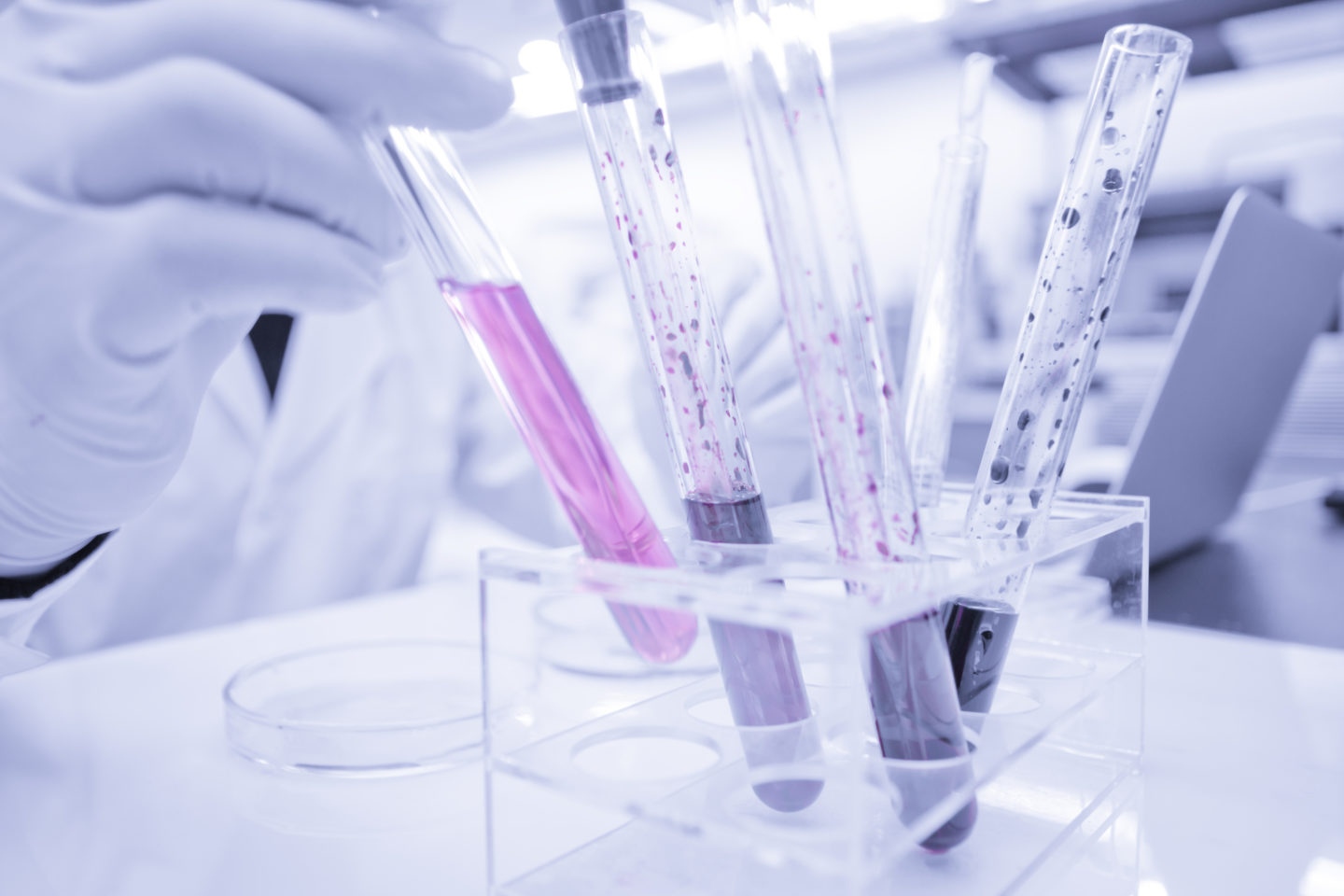Over the course of a lifetime, a woman will lose nearly 16 liters of menstrual blood, which is three times the amount of blood contained in the human body.
Entrepreneur Anna Villarreal’s Boston-based company, LifeStory Health, is seeking to put that lost menstrual blood to better use by working to develop the first noninvasive menstrual blood diagnostic test.
Villarreal was inspired to launch the biotech company after facing her own health scare three and a half years ago.
“I was having some reproductive issues and I thought, ‘Why is there nothing that tests this blood source that might drive us closer to an answer, given that it’s so proximal to the actual organs that are being affected?’,” Villarreal said in an interview with New Theory Podcast.
Her desire to turn her personal experience into something that could help more women impelled Villarreal to pursue her own research into the use of menstrual blood as a diagnostic. She found an overwhelming lack of research in this area, particularly in regards to the use of menstrual blood analysis to detect female-prevalent diseases.
Currently, medical testing is heavily male-dominated. Even with diseases like Alzheimer’s and heart disease that have been proven to affect more women than men, the default subject for medical research continues to be a male patient.
“For decades, physicians have been using the male model when diagnosing coronary heart disease, despite clear evidence supporting the need for sex-specific testing,” states Villarreal in an article she wrote for CEOWorld Magazine. “Think about it – women’s bodies are different from men’s in nearly every way, yet we diagnose women as if they are men.”
Villarreal strongly believes that by conducting research into biological identifiers that are exclusive to women, the medical testing gap could be addressed more effectively.
LifeStory Health is still in the process of conducting preliminary research, running trials and securing patents to guide the creation of future testing products. Clinical experts have already been added to the advisory board to examine what the test might look like in a clinical setting. In an interview with Health Professional Radio, Villarreal mentioned that while most of the research is still confidential, there is “compelling evidence to believe that we might be on the right track.”
According to Villarreal, the menstrual blood being collected is fairly easy to store and study.
“We take menstrual blood on a dry blood spot technology cartridge, which is FDA approved for the male and then we re-wet it in the lab,” Villarreal told Health Professional Radio. “This is something that has been really available under any atmospheric conditions and we’ve found that we’ve developed a robust technique to analyze the sample.”
The hope is that the test will be able to provide a more accurate way to detect female-prevalent diseases early on. Much like a prescribed blood draw, a patient presenting certain symptoms might be prescribed the menstrual blood collection kit for further testing and examination.
In the near future, Villarreal hopes to build a website for LifeStory Health that focuses on advocacy and how people can work to improve women’s healthcare through innovation.
As Villarreal sums up in her CEOWorld Magazine article, “I believe that the omission of women as research subjects is putting women’s health at risk and that we need to fuel a conversation that will improve our healthcare and livelihood.”




comments